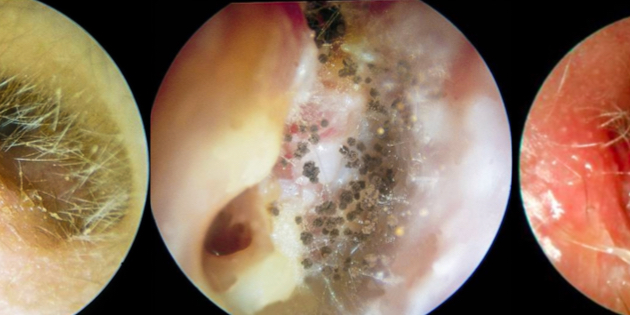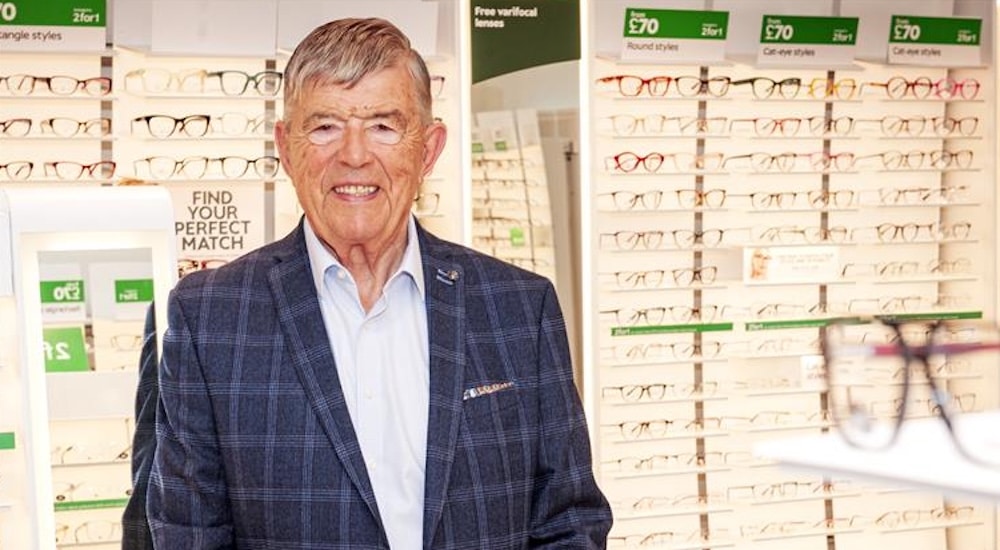Part One of two concise outlines on DISORDERS OF THE EAR
The first of an essential two-part overview for audiology professionals of disorders of the ear.

Presented by Dr. Rakesh Chopra
Audiologists are all ears for the problems we have perceiving sound, but so much of their work relies on reading and seeing visual evidence. And inspections of the ear often reveal conditions to which, for the benefit of their patients, the hearing care professional must pay close attention.
These are the disorders of the ear that largely go beyond questions of hearing and into the domain of physical pathologies for referral to ENT specialists. However, many HCPs concur with the opinion that general practitioners deliver a less than satisfactory performance in auditory and audiological aspects of their work, so this places a considerable primary care responsibility on hearing care practitioners. They need to know the signs of different kinds of otitis. They should, for example, be able to spot the lurking cholesteatoma or a malignant process behind presentation of hearing loss.
PW Dr. Rakesh Chopra: “Sound is an amazing thing; we take it for granted.”
To refresh – and perhaps, for some, to introduce – some of the more common disorders of the ear, a GP who knows his ENT stuff, Dr. Rakesh Chopra, has agreed to share with Audio Infos readers some notes and images from his regular teachings.
Dr. Chopra is a gifted lecturer, whose St. Helens-based ENT GPwER service is now in its 18th year. Prior to that, he had 14 years in hospital-based ENT. He has authored multiple international publications in the field, and does ENT triage for St. Helens, Warrington, and Knowsley. Outside of medicine, he has published three novels and is a musician.
“Sound is an amazing thing; we take it for granted,” Dr. Chopra told audiologists at the start of his October presentation to delegates at the annual conference of the British Society of Hearing Aid Audiologists (BSHAA). “As time is passing, we are knowing more and more about how important sound is for the human brain, much more than we thought” he continued, adding: “Music is called the physician of the future.”
Read on and take note of the video-otoscopic images.
1. Middle Ear Effusion (Glue Ear)
Presents in so many different appearances! Unilateral Glue ear in adults – this is not to be missed! A very common condition affecting 80% of all children at some point in temperate cli- mates. Bi-modal peaks at 2 years and 5 years. Can cause a significant impact on children’s development/education/social interactions if conductive hearing loss is significant and persists for long enough. Unilateral Otitis Media with Effusion (OME) in an adult needs an urgent referral to ENT to rule out nasopharyngeal malignancy.
2. Acute otitis media (AOM)
Acommon condition, with inflammation of the middle ear. Vast majority are viral and self-limiting. But in those cases where symptoms persist for more than 72 hours without improvement, or with significant systemic symptoms and severely inflamed Tympanic membranes, antibiotic treatment is needed. AOM is often the precursor of OME in children. Easy to overtreat (often treated earlier in the disease than necessary – due to appearance of the tympanic membrane/ lack of knowledge by the treating physician, or because of parental pressure), and, in fact, it is often overtreated!
RC a. Localised
RC b. Otomycosis, fungal infection, can present both as a common looking, diffuse otitis externa with no discerning features from bacterial otitis externa…
RC ...or more specifically with white or black spores/debris.
RC c. Necrotising otitis externa.
3. Otitis externa
This can be of classified into 3 types: a. Localised – is an infection of the hair follicle, a very painful condition of the lateral ear canal, and if full-blown is called furunculosis. b. Diffuse c. Necrotising Otitis Externa ( formerly called – Malignant Otitis Externa) – a very sinister condition of the external ear- may present in debilitated/ immunocompromised/elderly patients, and needs very urgent attention and referral.
4. Tympanosclerosis – a white looking thing on the eardrum!
Avery common finding on examination of the ear. Easily mistaken for something more sinister. Tympanosclerosis – also called myringosclerosis is the result of scarring. This may happen after a perforation/infection/grommet,… Basically, it is a calcified scar. Often causes no hearing loss, but may affect the ossicles, causing ossicular fixation and maximum conductive deficit (small patches and amounts may cause no hearing loss but extensive disease can affect the bones of the middle ear causing severe conductive deafness).
Source: Audio Infos UK issue 151 November-December










